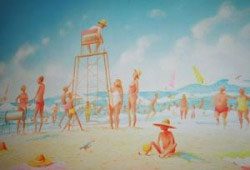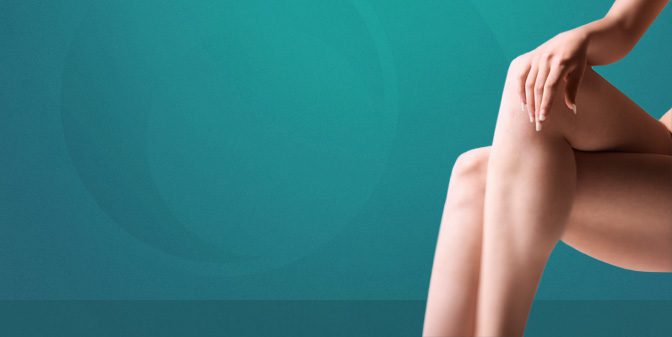Contact Us Today
For all enquiries you can email us at info@hunterveinclinic.com.au or call
ph: 4933 0431
Veins – The Basics
For many of our readers and patients the very word “veins” conjures up unpleasant feelings such as pain, aching, throbbing and thoughts of unsightly, unwanted things that occur on our legs.

Veins are, however, an important part of our circulatory system along with the arteries and the heart. The heart pumps oxygenated blood via the arteries to the tissues of the body where nutrients and oxygen are passed on to the cells by the capillaries. The deoxygenated blood is returned to the heart via the veins. This deoxygenated blood is pumped to the lungs where it is enriched with oxygen before flowing back to the heart where the whole cycle begins again. In the legs veins must work against the force of gravity to return blood from the feet up to the heart.
The veins must overcome the force of gravity and this is achieved by a system of one way valves and the muscular pumps of the leg. This activity of the muscles squeezes blood through the veins from valve to valve thus facilitating one way flow up the legs and back to the heart. When the muscles relax, the valves close to stop back flow.
Unfortunately, veins have a relatively thin, weak muscular wall, which readily becomes dilated leading to stretching and eventual damage to the delicate valves and subsequent incompetence of the valves. This leads to progressive dilatation of the vein and a vicious cycle begins resulting in increased pressure in the superficial veins, and eventually, enlarged, tortuous varicose veins.
Tired, aching legs are the most common early symptoms of varicose veins, particularly after prolonged standing. Later, fluid may accumulate in the feet and ankles leading to swelling and the skin may become discoloured and hard or even break down to form an ulcer.

